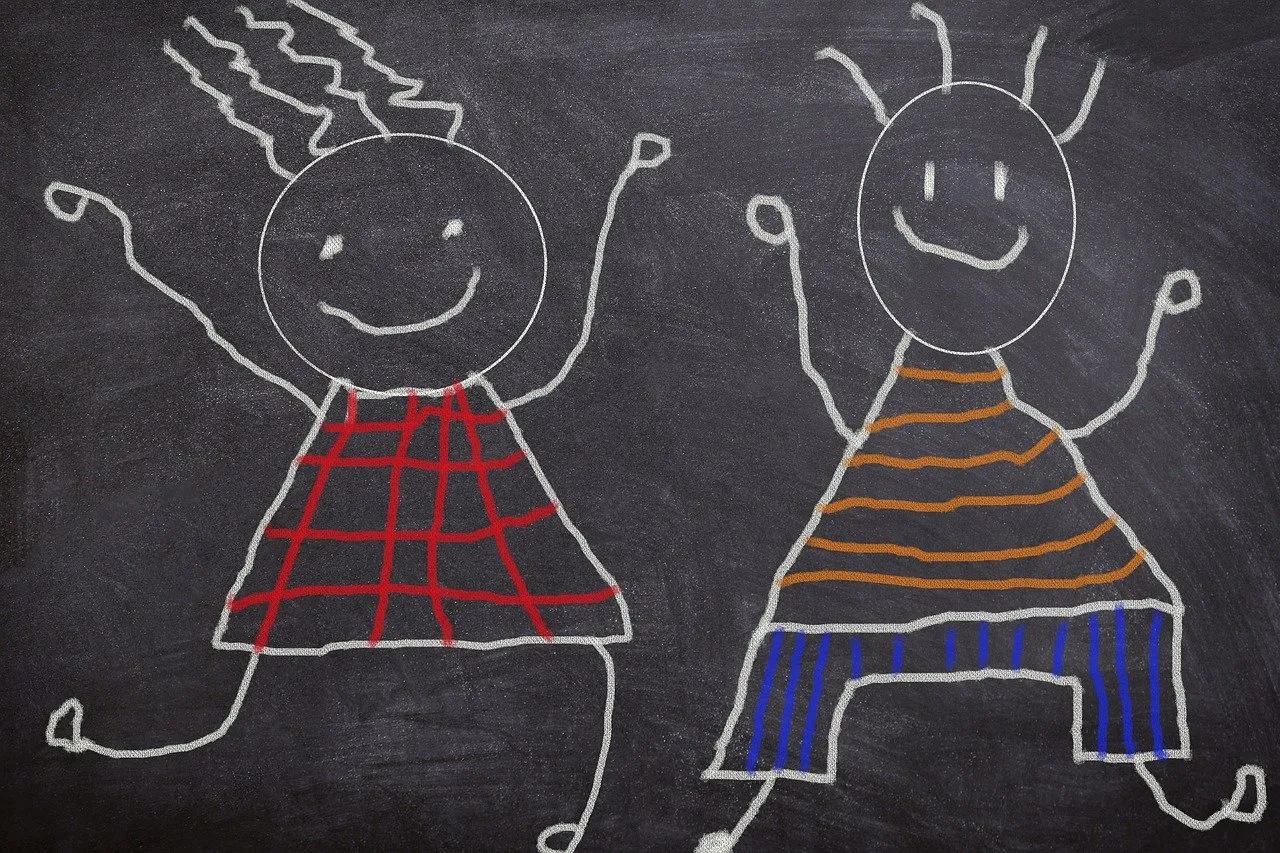
I was recently invited into a conversation about group processes and activism. In anticipation of this, I've been reflecting on my experiences of working with groups in various capacities. Many of these experiences involved building consensus in leader-less settings, but some were more structured. One of my earliest attempts to teach a subject was both structured and formal. Here's how that went.
As part of my alternative high school curriculum, I participated in a University of Minnesota class on Public Achievement. This was one of those graduate level classes with fewer than ten students involved. We taught Public Achievement to at-risk youth, then met for a couple of hours to talk about it, with an emphasis on improving the program based on what we had learned.
Face to Face Academy only admitted kids who had been previously kicked out of other programs. It was a school of last resort, designed to prevent these kids from dropping out entirely. Most of my students were involved with gangs and sometimes there was violence. I was supposed to introduce them to the idea of being good public citizens and they understandably had little interest in this. One day, I realized that absolutely no one in the class was paying attention.
Out of sheer frustration, I asked if they wanted to try moving the class outdoors. The students loved this idea, so I led the way out of the classroom, through the school, and out onto a grassy area near the school's entrance. In this new setting, we had our first real conversation about the value of active participation in the public sphere. After that, inside or out, those students usually listened to what I had to say.
At first, I got in trouble for bringing the students outside. The school's administrators didn't like the idea, but they ultimately allowed it because that was the easiest thing for them to do. I'm not sure if the students ever really learned anything about Public Achievement. But they probably learned more than they would have if we'd stayed in our small sterile classroom, behind its reinforced security door.
The irony of teaching civics to at-risk youth while being an at-risk youth myself was not lost on me even then. My life was a dumpster fire, but I was good enough at compartmentalizing to keep that out of the classroom. And I did learn a couple of things from the experience. Mostly I learned that it's better to ask people what they want than it is to tell them a bunch of stuff they have no use for.
In other words, you have to meet people where they're at. I remember one student in my class who had been raised in a neo-Nazi gang family. Because of this affiliation, he'd been targeted for violence often, including at the school. He expressed a total powerlessness in the world that was hard to argue with. But there was a moment when his eyes lit up, while the class was brainstorming about safe and effective ways to make their voices heard. "You mean I could just write a letter about it and they'll actually read it?" he asked, referring to local government officials. "That's cool."
The coolest part was that this idea, and the whole discussion, had come from a class populated by rival gang members. But instead of fixating on that, the students found common ground in the shared belief that they were powerless in their community. From there, the conversation turned to identifying practical steps that they could take to claim some power as public actors in the world around them.
Since then, I've developed the habit of thinking about problem solutions in terms of action steps. An action step as seemingly small as writing a letter can hold great power, if only symbolically. The action of doing nothing can be just as powerful, if undertaken deliberately as the best of available options. The important part isn't the action itself or the visible impact that it has. It's the conscious exercise of social responsibility, which should be the basis for all participation in the public sphere.
(Feature image from Pixabay.)
Read my novels:
- Small Gods of Time Travel is available as a web book on IPFS.
- The Paradise Anomaly is available in print via Blurb and for Kindle on Amazon.
- Psychic Avalanche is available in print via Blurb and for Kindle on Amazon.
- One Man Embassy is available in print via Blurb and for Kindle on Amazon.
- Flying Saucer Shenanigans is available in print via Blurb and for Kindle on Amazon.
- Rainbow Lullaby is available in print via Blurb and for Kindle on Amazon.
- The Ostermann Method is available in print via Blurb and for Kindle on Amazon.
- Blue Dragon Mississippi is available in print via Blurb and for Kindle on Amazon.
See my NFTs:
- Small Gods of Time Travel is a 41 piece Tezos NFT collection on Objkt that goes with my book by the same name.
- History and the Machine is a 20 piece Tezos NFT collection on Objkt based on my series of oil paintings of interesting people from history.
- Artifacts of Mind Control is a 15 piece Tezos NFT collection on Objkt based on declassified CIA documents from the MKULTRA program.